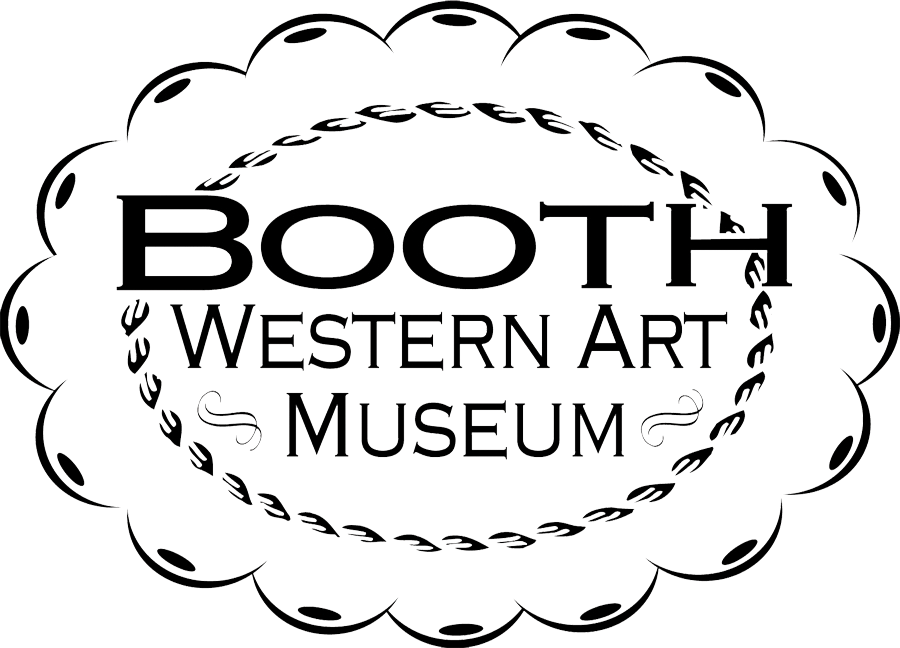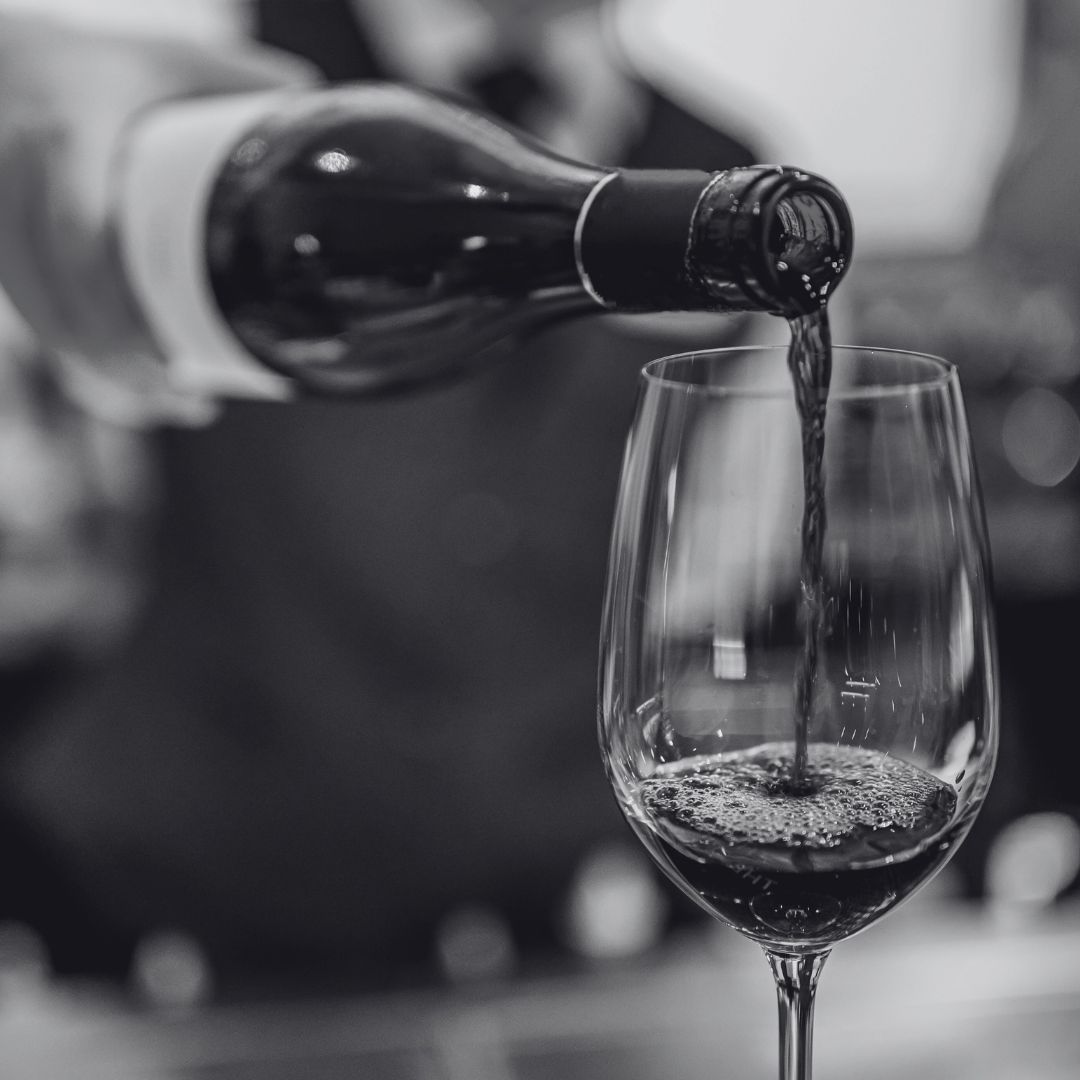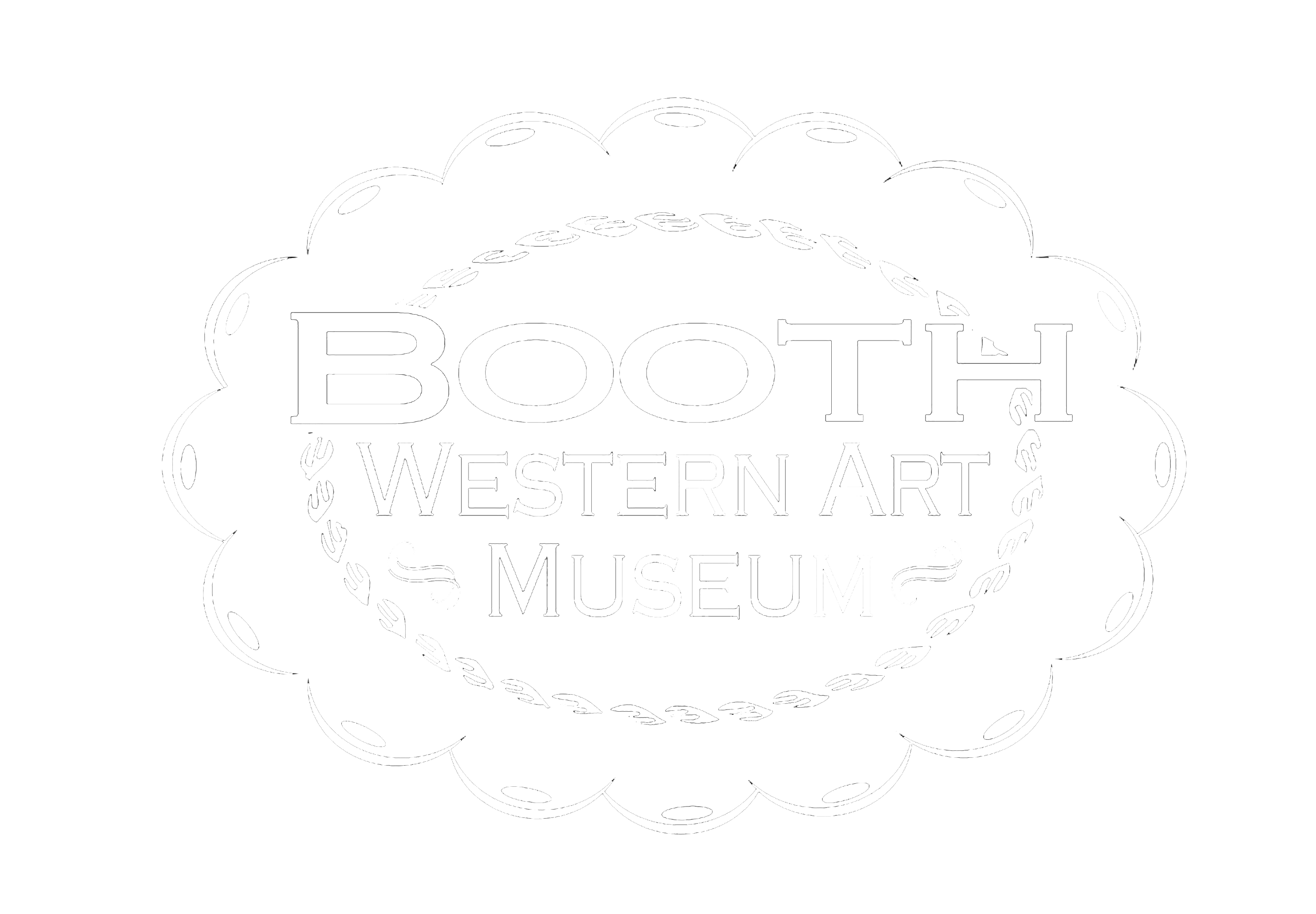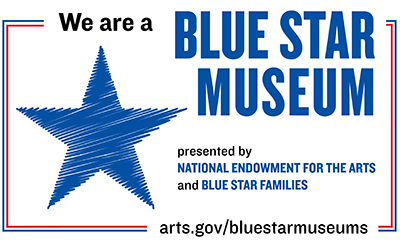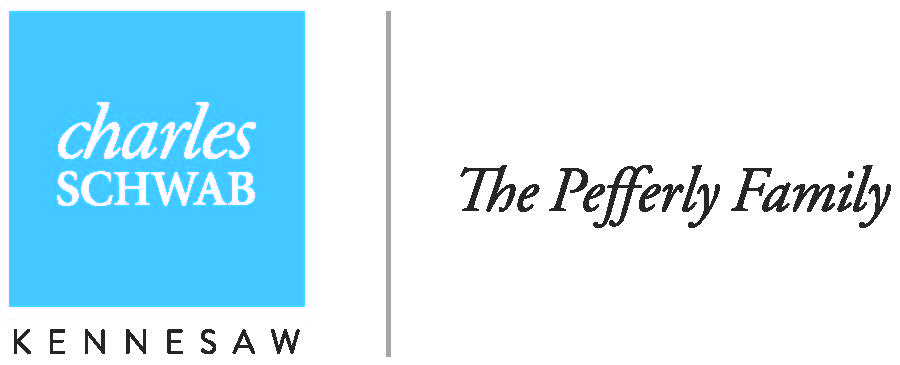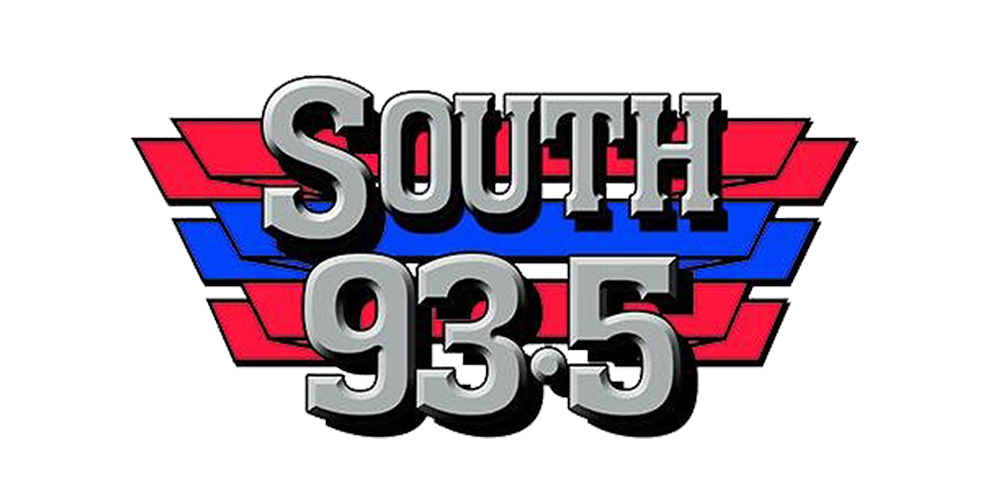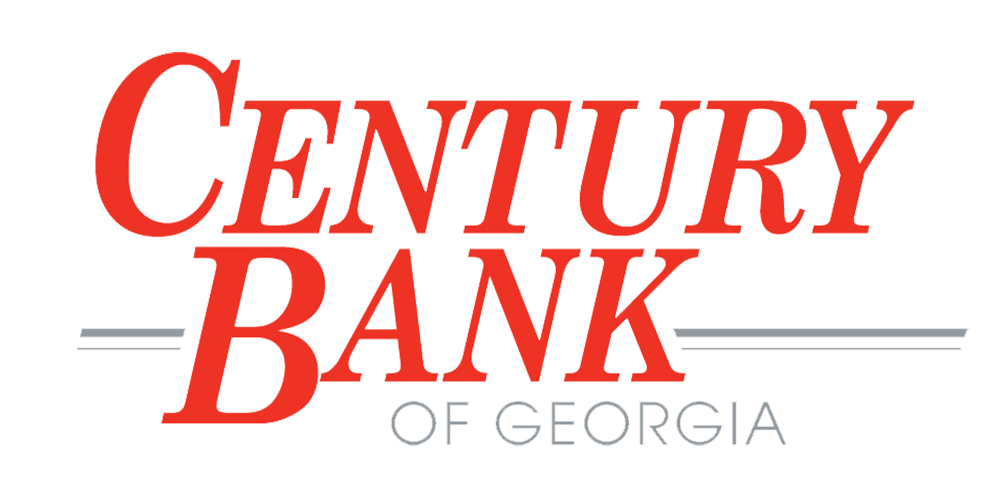America has had an ‘on again/off again’ relationship with alcohol, and our presidents have been no different. In our 235-year history, with 46 men holding the office, a significant percentage of presidents (28%) did not drink at all or did rarely. In some cases, they were recovering alcoholics who fought to stay sober; in others, they stayed sober due to widespread cultural factors such as the temperance movement in the mid-19th century.
5 of our last 8 presidents have been teetotalers, including current president Joe Biden and his predecessor Donald Trump. George W. Bush, while not identifying as an alcoholic, readily admits he drank too much until age 40, when he stopped. Bill Clinton and Jimmy Carter drank rarely, mostly for occasional ceremonial events.
The most famous alcoholic president was U. S. Grant. While serving in remote army locations in the 1840’s and 1850’s he drank to excess out of boredom and loneliness. He resigned his commission in 1854 due to excessive drinking. His career was revived in the Civil War 7 years later, and while he conspicuously avoided drinking, his reputation was regularly questioned by many. His commander in chief, Abraham Lincoln, overlooked it and rewarded him for his successes on the battlefield.
These days, it’s scary to imagine a president unable to perform his duties due to overindulging, but it has happened. History tells us that Franklin Pierce’s raging alcoholism was partly due to losing all three sons in their childhood, the last one just three weeks before his inauguration. His wife was a big temperance supporter and his drinking forced them to become estranged. Upon leaving the White House, he said “there’s nothing left to do but get drunk”.
Andrew Johnson showed up drunk at President Lincoln’s second inaugural to take his oath as Vice President. Yet in 6 weeks he became president following Lincoln’s assassination. In the closing days of the Watergate scandal, Richard Nixon apparently drank heavily to relieve his grief over losing his presidency.
For those presidents who did drink, they had their favorites. All the Founding Fathers drank, with hard cider, wine and rum being the most common. After his presidency, George Washington operated a distillery on Mt. Vernon, producing up to 11,000 gallons for commercial sale in 1799 the year of his death.
Grover Cleveland loved his beer, up to a gallon a day. His overweight shape was likely one of the first presidential beer guts.
Harry Truman regularly participated in poker games and enjoyed bourbon while playing. He liked it so much he started each day with a shot of Old Granddad.
Being a Californian, Ronald Reagan’s favorite was an Orange Blossom, which is a combination of orange juice, gin, and vermouth. John F. Kennedy enjoyed a Bloody Mary from time to time.
Two of our president’s banned drinking in the White House. James K. Polk (during the temperance movement) and Rutherford B. Hayes. Their wives were instrumental in this choice, and Hayes’ wife Lucy was widely known as Lemonade Lucy for the only drink she served. (Official Washington was likely happy that Hayes only served one term.) Zachary Taylor and Millard Fillmore, in acceptance of the temperance movement, were also teetotalers.
The passage of the 18th Amendment in 1920, commonly called Prohibition, ushered in a period of change for the White House. Warren Harding decided to keep drinking his whiskey, followed by Calvin Coolidge, who rarely drank. Herbert Hoover, last of the Prohibition presidents, freely drank his favorite martinis despite the law.
Calvin Coolidge rarely drank in compliance with the times. When the 21st Amendment passed in 1933 ending Prohibition, Franklin Roosevelt and later presidents could drink when and how they pleased.
Franklin Roosevelt drank martinis and made a regular event at the White House out of the 5 o’clock happy hour, personally mixing the drinks for his guests. His cousin Theodore drank mint juleps, which he may have picked up from his mother Mittie Bulloch Roosevelt, who grew up in Roswell Georgia.
The public sometimes comes to know the president’s favorite drink, and the drink is named for them. There was McKinley’s Delight (rye and absinthe), and Martin Van Buren’s Schiedam (whiskey and red wine).
In summary, presidential drinking ebbs and flows with the times, and the recent trend, interestingly enough, is toward teetotalers.
Interested in learning more about the presidents? Visit the Carolyn & James Millar Presidential Gallery on the upper level of the Booth Western Art Museum. The gallery features original letters and photographs of every U.S. president. Learn more at www.boothmuseum.org.
